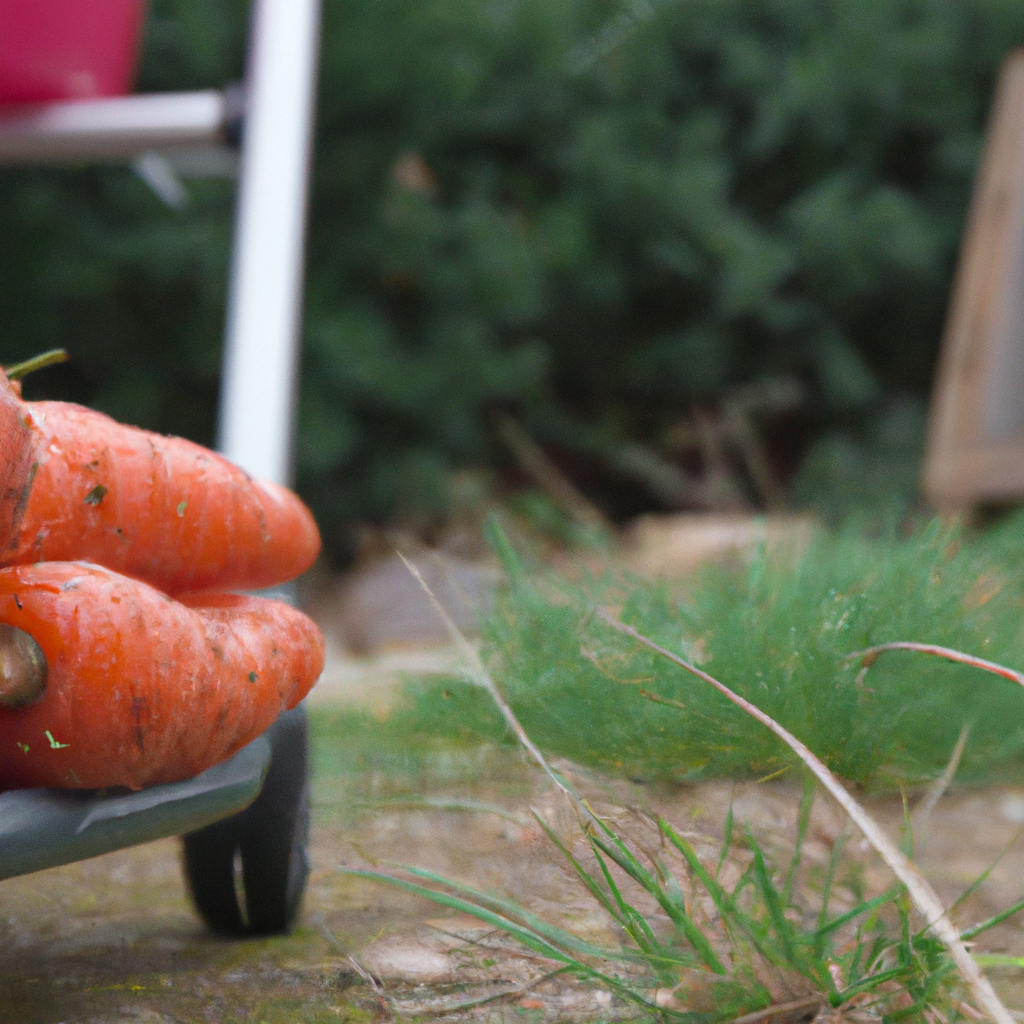Urban Foraging: Tips for Safe and Sustainable Wild Harvesting
Foraging for edible plants in the city is a growing trend, as more people seek to reconnect with nature and reduce their environmental impact. Urban foraging is a form of sustainable living that promotes the use of natural resources and supports urban agriculture. However, it’s important to practice safe foraging to avoid potential health risks and protect the environment. In this article, we’ll explore some tips for safe and sustainable urban foraging, including identifying edible plants, assessing the risks, and harvesting responsibly.
Identifying Edible Plants
The first step in safe urban foraging is to learn how to identify edible plants. There are many resources available online and in print that can help you identify common edible plants in your area. Look for books, websites, and social media groups focused on urban foraging and wild harvesting. You can also take a local foraging class or join a guided tour to learn more about the edible plants in your city.
When identifying edible plants, be sure to use caution and double-check your identification before harvesting. Some plants may be toxic or resemble edible plants, so it’s important to be confident in your identification skills. Use multiple sources of information and consult with experienced foragers or botanists to confirm your identification.
Assessing the Risks
Urban foraging comes with some risks, including exposure to pollutants and contaminants from urban environments. Before harvesting, assess the risks of the area and the plants you’re interested in. Avoid areas that are heavily polluted or near sources of contamination, such as highways, industrial sites, or waste dumps. Be aware of potential hazards, such as pesticides, herbicides, or heavy metals that may have been used in the area.
Additionally, be mindful of the risks of trespassing or harvesting on private property. Always seek permission from the property owner before harvesting any plants on their land. Respect local laws and regulations regarding foraging, and avoid over-harvesting or damaging the environment.
Harvesting Responsibly
To practice sustainable urban foraging, it’s important to harvest responsibly and minimize your impact on the environment. Here are some tips for responsible harvesting:
– Harvest only what you need, and leave enough for others and for the plant to regenerate. Avoid over-harvesting or damaging the plant.
– Use ethical harvesting methods, such as hand-picking or pruning, and avoid using tools that can damage the plant or the environment.
– Be mindful of the plant’s life cycle and harvest at the appropriate time. Some plants may be poisonous or less nutritious at certain stages of growth.
– Avoid harvesting endangered or protected species, and stick to common and abundant plants.
– Wash and clean the plants thoroughly before consuming, and cook them properly to reduce any potential health risks.
By following these tips, you can enjoy the benefits of urban foraging while minimizing your impact on the environment and ensuring your safety.
Conclusion
Urban foraging is a great way to connect with nature, support local agriculture, and promote sustainable living. However, it’s important to practice safe and responsible foraging to avoid potential health risks and protect the environment. By learning to identify edible plants, assessing the risks, and harvesting responsibly, you can enjoy the benefits of urban foraging while minimizing your impact on the environment. With these tips, you can start exploring the edible plants in your city and reap the rewards of sustainable wild harvesting.







